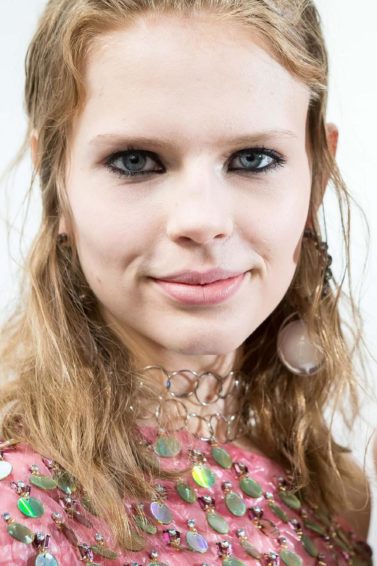
How Hair Growth Works: A Peek Into the Hair Growth Cycle
There are a lot of moving parts in play.
With the exception of scar tissue, the navel, nipples, upper eyelids, lips, palms and soles of our feet, hair pretty much grows everywhere on our bodies. Of this, the hair we have on our heads is perhaps one of the areas that we have the biggest bones of contention with, as the battle against hair loss rages on to this day. While we wait to win that genetics war (let’s do this, science!), understanding how hair grows can help provide us with some valuable insight that might prove helpful along the way. We asked the help of Unilever’s resident R&D expert, Leon-van Gorkom, for some insight on how hair growth works:
How Hair Growth Works: Understanding the Human Hair Growth Cycle

Hair follows three stages of growth: the anagen, catagen and telogen phases. They all occur simultaneously, and each hair strand on our head can be in a different stage than the next. This concurrence is perhaps what makes learning how hair growth works frustrating for most people—there’s no way to eyeball what stage each hair strand is in at any given time off the cuff.
Anagen
This is known as the stage where hair actually grows. Around 85 percent of our head hair is at the anagen, or growth, phase at any given time. Depending on person to person, this stage usually lasts anywhere from two to six years and can yield up to 36 inches of hair. In the anagen stage, the root of the hair is in the scalp and hair follicle, which is a papilla, a.k.a. a large structure at the base of the follicle that connects to blood supply. Hair then gets produced at this root and pushes upwards. The longer that our hair is in the anagen stage, the longer it will grow—a trait largely determined by genetics.
Catagen
The catagen, or transitional/intermediate phase, is the stage when the hair follicle renews itself. It lasts around two weeks, beginning with the hair follicle shrinking and dislocating from the papilla and its blood supply, therefore stopping the ability to produce hair. The body determines when to move to the catagen phase from the anagen phase, and this starts when the hair bulb stops producing melanin. Hair does not grow during this phase.
Telogen
Around 10 to 15 percent of all your hair is in the telogen phase, which is also referred to as the resting phase. This stage lasts between one to four months. During this time, the follicle is literally not doing anything, and is waiting to restart (the “restarting” happens under hormonal control). The follicle then starts to grow again after lying dormant and the hair base breaks free from the root, resulting in shedding or hair loss. A new hair shaft will emerge within two weeks, and the cycle of hair growth starts again.
Humans typically shed around 100 to 150 hair strands a day. However certain factors, such as hormone changes, nutrition and stress can affect the hair strands in each of these stages. Some women report some noticeable hair fall after giving birth, in particular, as estrogen fluctuations during this time may trigger hair to enter the telogen (or resting/shedding) stage. Knowing how hair growth works can assure us that this occurrence is usually temporary, and in most cases normalizes after around six months.
Read on for more insight on how hair growth works, and how hair loss affects both men and women.

